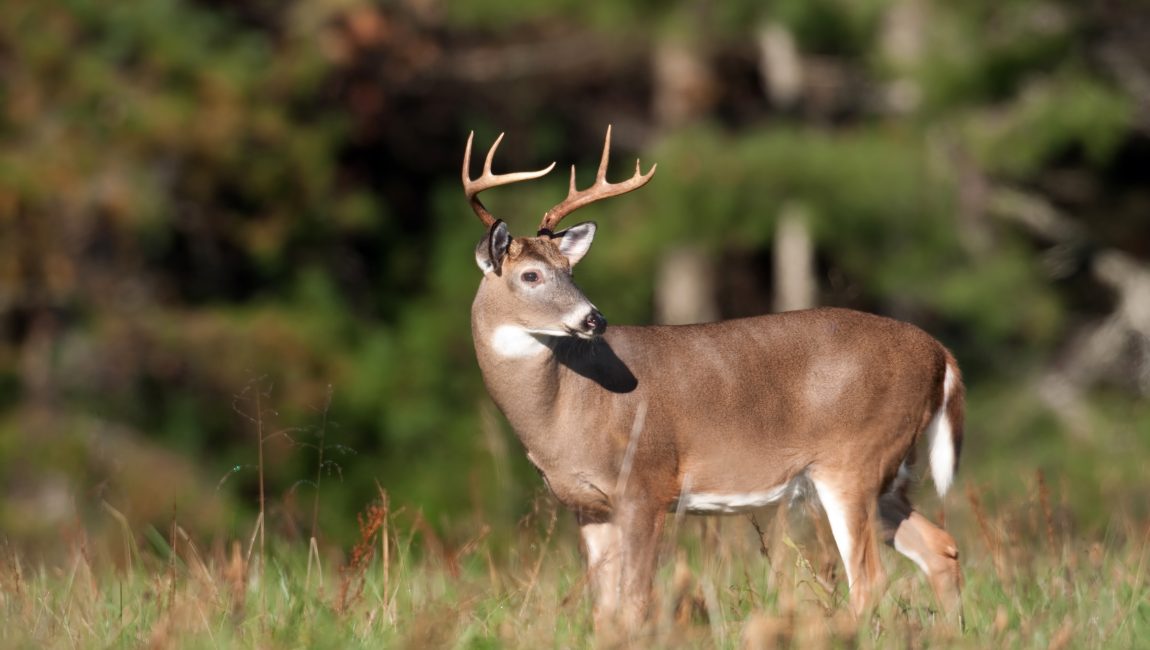
Food plots with a variety of plant species serve as supplemental or emergency food supplies for wildlife to endure the extreme weather of winter months. They can also provide adequate food supplies for wildlife in the spring and summer months for reproduction. Food plots work well in or near protected grassland or woodland areas that offer good shelter and water but lack an adequate food supply. The location of food plots on the less erosive area of the field and spacing will provide a successful habitat for wildlife.
You can attract wildlife by choosing food cover they favor as their habitat with either grain or non-grain food plots. Missouri Southern Seed offers a variety of wildlife seed that can help attract whatever kind of wildlife you desire.
Grain food plots are great at attracting wildlife. They typically provide quick growth for erosion and can grow in a variety of different soils. When planting grains, we often suggest planting other annual food plot items such as brassicas or annual clovers to help provide plenty of browsing options. These food plots should be a minimum of a quarter acre and can be located in various locations due to their adaptability.
Non-grain food plots may be composed of annual or perennial vegetation like grasses, legumes or other flowering plants. These types of food plots attract various wildlife and even insects needed by young birds in the summer. Non-grain food plots can also include native forbs and legumes that supply seeds for wildlife in the fall and winter. These food plots should be at least one acre in size and located near suitable cover. Place the plot at least 50 feet from the edges of any woodland for the best exposure to sunlight. A mixed planting of legumes, grasses, and forbs will produce a greater abundance of insects. These insects provide a protein rich diet for young birds and migratory species recovering from their long flights home.
Since different birds nest at opposite times in the summer, it is important to incorporate native forbs and legumes that bloom in the spring and early summer and other species that bloom later in the summer and fall. This will help make sure there are enough insects throughout the nesting and brood rearing seasons.
There are many factors that go into planning a food plot. From selecting your piece of ground, to the size of your plot and what kind of wildlife you want to attract. Whether you enjoy attracting wildlife for hunting or simply for the pleasure of watching or photographing wildlife in their environment, planning a successful food plot will allow you to enjoy wildlife in their natural habitat.
Most seeds require water, oxygen, and the proper temperatures for germination. Seeds that have good soil contact are less likely to experience widely fluctuating wet-dry cycles because the soil transfers water efficiently to the germinating seed allowing its roots to grow deeper into better soil moisture. If soil is too loose, air in the soil increases the amount of wetting and drying cycles in the soil and when a seedbed is too firm, it is tough to get the seed into the soil.
There are lots of factors that are out of our control like weather, disease, and pest outbreaks. However, when you better understand your soil type and provide the most ideal seedbed for your crop, the chances of having a good stand increases and will hopefully outweigh the factors beyond your control.
Still have questions? Give us a call and we’d be happy to help you figure out your next steps.
